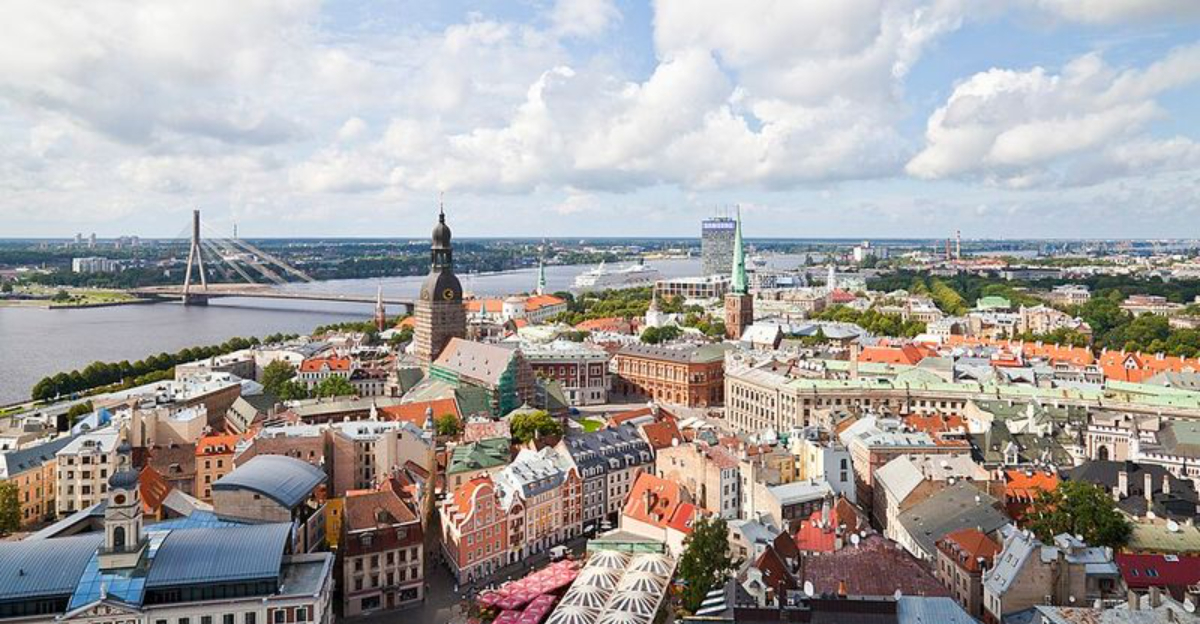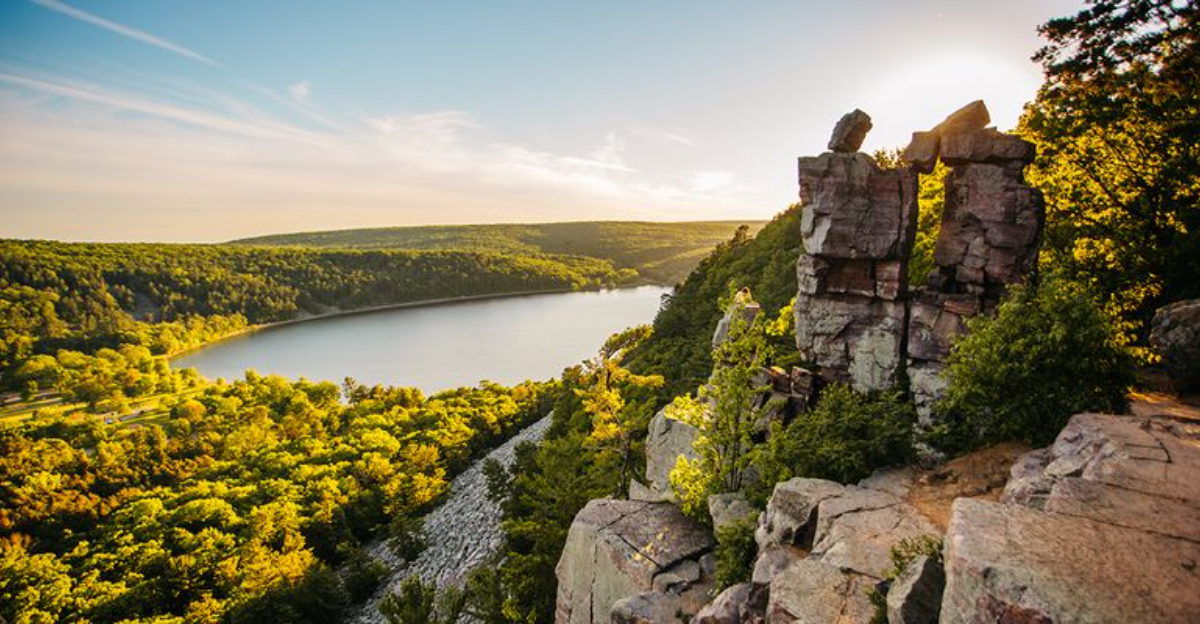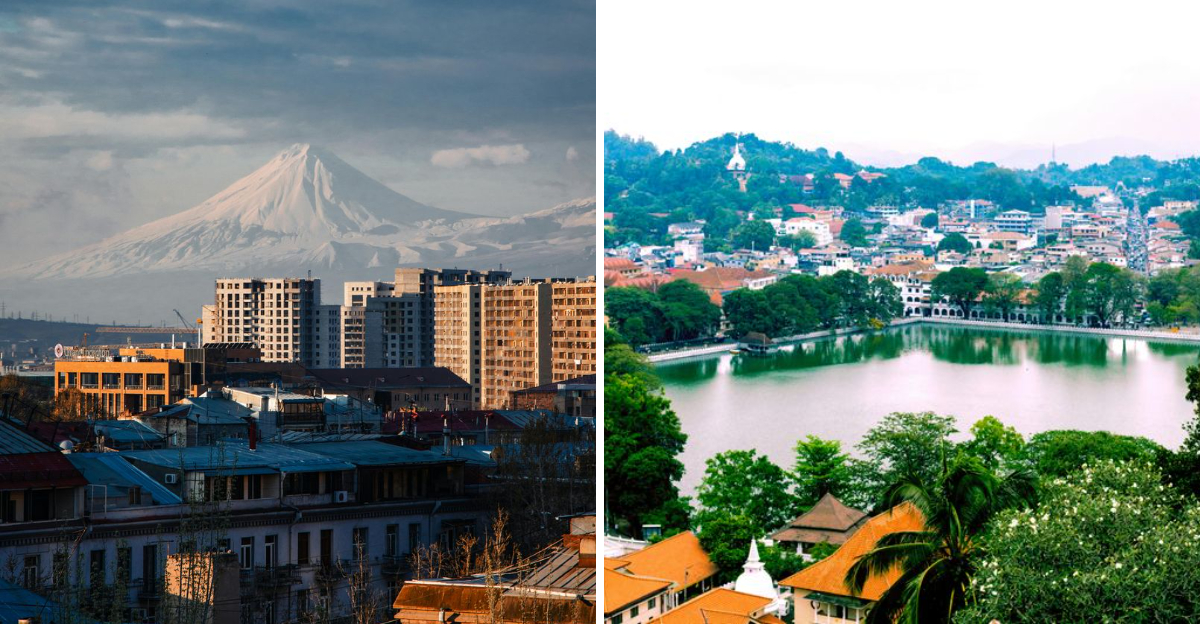15 Once-Crowded American Landmarks That Now Sit Quiet And Forgotten
America’s landscape is dotted with places that once buzzed with excitement, laughter, and thousands of visitors.
These landmarks were the pride of their communities, drawing crowds from near and far.
Today, many of these once-thriving destinations stand eerily silent, their glory days fading into memory as nature reclaims what was once bursting with life.
1. Chippewa Lake Park, Ohio
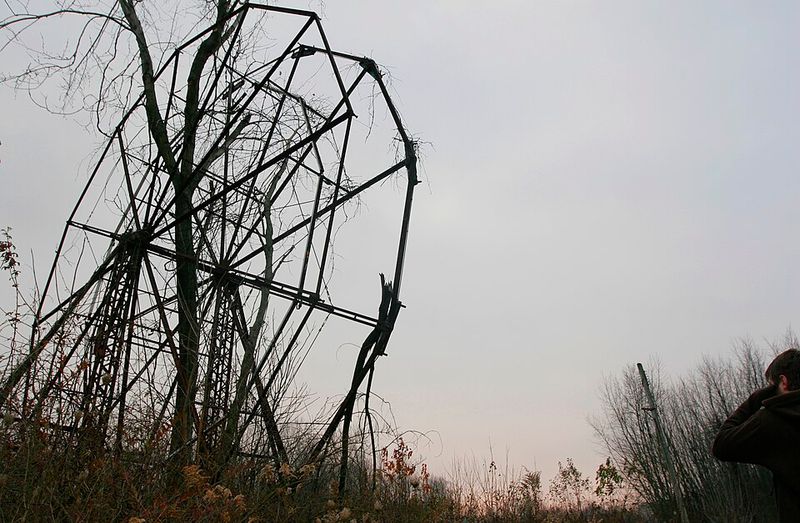
Laughter once echoed through this beloved amusement park that entertained families for nearly a century. Opening in 1878, it featured a ballroom, roller coaster, and the iconic Ferris wheel that delighted generations.
After closing in 1978, nature began swallowing the rides whole. Rusted carnival attractions peek through thick vegetation, creating an eerie yet fascinating landscape that urban explorers find irresistible.
2. Ellis Island Immigrant Hospital, New York/New Jersey
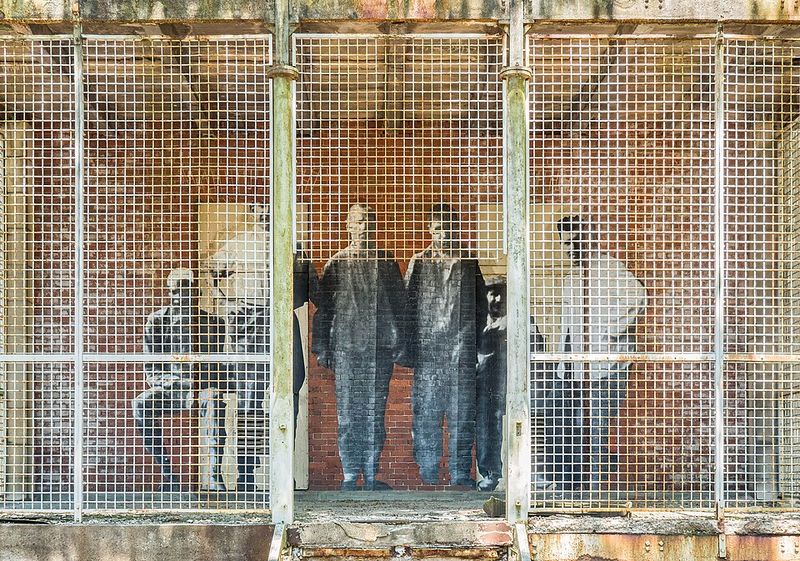
While millions tour the main immigration building, few venture to the crumbling hospital complex nearby. Between 1902 and 1954, this medical facility treated countless immigrants seeking their American dream.
Peeling paint reveals layers of history in examination rooms and wards. The buildings stand as haunting reminders of both hope and heartbreak, where some healed while others faced deportation.
3. Twin Arrows Trading Post, Arizona
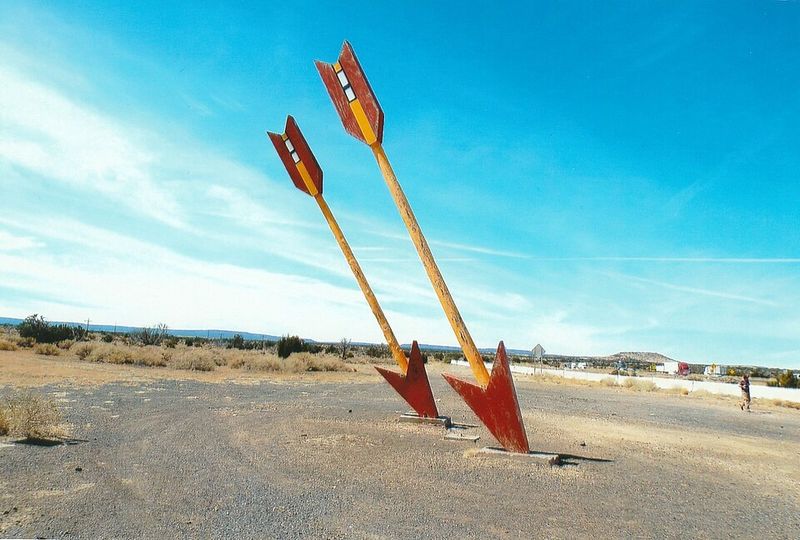
Two massive arrows pierce the Arizona sky, marking what was once a bustling Route 66 stop. Travelers pulled over by the thousands during the highway’s golden age to shop for souvenirs and grab refreshments.
When Interstate 40 bypassed the location, business dried up faster than desert rain. The iconic arrows still stand guard over empty buildings, a poignant symbol of America’s vanishing roadside culture.
4. Linoma Beach, Nebraska

Nebraska might seem landlocked, but this man-made beach resort brought ocean vibes to the prairie. For decades, families flocked here for swimming, dancing, and carnival rides along the shores of a reservoir.
Changing entertainment preferences and rising maintenance costs led to its decline. The once-vibrant beach now sits quiet, with remnants of the old pavilion barely visible among the weeds.
5. Bodie, California
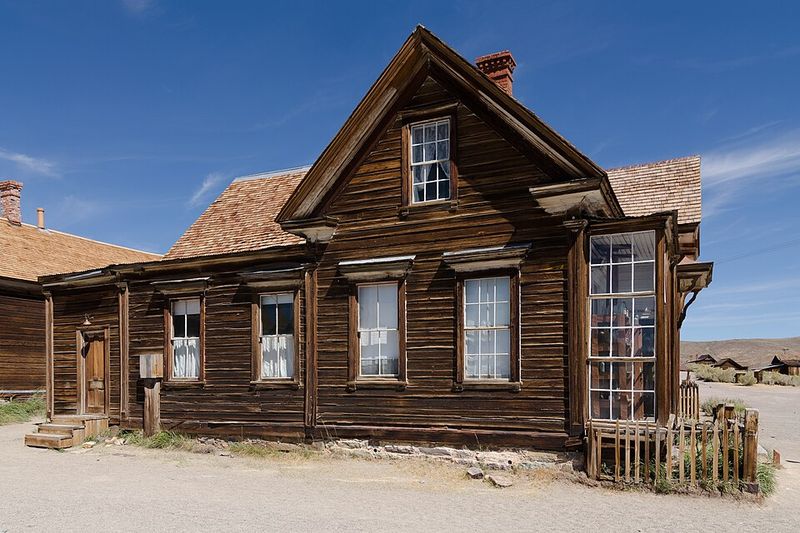
Imagine walking through streets where gold miners once rushed with dreams of fortune. This authentic Wild West town thrived during the 1870s gold rush, boasting nearly 10,000 residents at its peak.
Now preserved in a state of arrested decay, only a fraction of the original buildings remain standing.
Visitors can peek through dusty windows into homes frozen in time, with belongings left exactly as they were over a century ago.
6. Joyland Amusement Park, Kansas
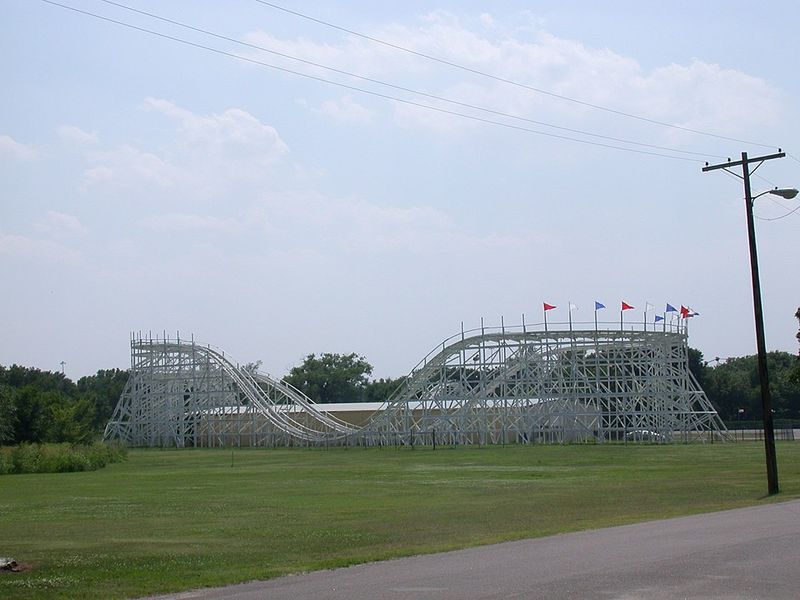
Wichita’s favorite summer destination opened in 1949, bringing joy to countless children who rode the wooden roller coaster and spun on the carousel.
The park’s distinctive clown entrance became a beloved local landmark.
After closing in 2004, vandalism and neglect took their toll. Most rides have been demolished, though preservationists managed to save some pieces, including the historic carousel that now operates elsewhere.
7. Scotty’s Castle (Marshall Scotty’s Playland Park), California

Death Valley’s most unlikely attraction combined a millionaire’s mansion with a colorful conman’s tall tales.
The elaborate Spanish-style castle drew tourists fascinated by the partnership between wealthy Albert Johnson and prospector Walter Scott.
Flash floods in 2015 severely damaged the property, forcing indefinite closure.
Restoration efforts continue slowly, but for now, this quirky desert landmark remains largely inaccessible to the public who once toured it regularly.
8. The Donut Hole, La Puente, California

Drivers literally cruised through giant concrete donuts to grab their morning coffee and pastries.
This iconic roadside architecture epitomized Southern California’s love affair with quirky drive-through designs during the mid-20th century.
After decades serving commuters, changing ownership and declining business led to closure.
The distinctive donut structures still stand, but the sweet smell of fresh pastries has long since faded from this nostalgic landmark.
9. Lake Dolores Waterpark, California

Building a waterpark in the Mojave Desert sounds crazy, but Lake Dolores thrived during the 1960s as a refreshing oasis for travelers.
Families splashed in pools and zoomed down slides surrounded by nothing but sand and sky.
Remote location and water costs eventually sank the business despite several reopening attempts.
Now, rusted slides twist through the desert like colorful serpents, and empty pools collect tumbleweeds instead of swimmers.
10. Sutter’s Fort, Sacramento, California
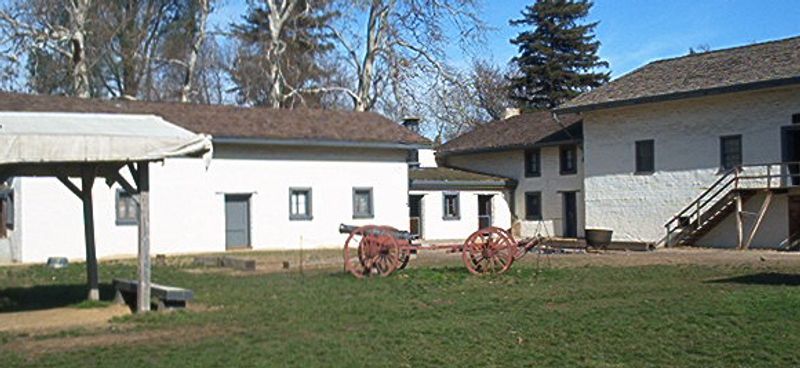
Founded in 1839, this agricultural and trade colony represented one of California’s first European settlements.
John Sutter’s empire served as a crucial stop for pioneers traveling westward during the Gold Rush era.
While technically a state historic park, visitor numbers have plummeted compared to its heyday.
The fort feels eerily quiet now, with far fewer tourists wandering through the restored adobe buildings than decades past.
11. St. Thomas, Nevada
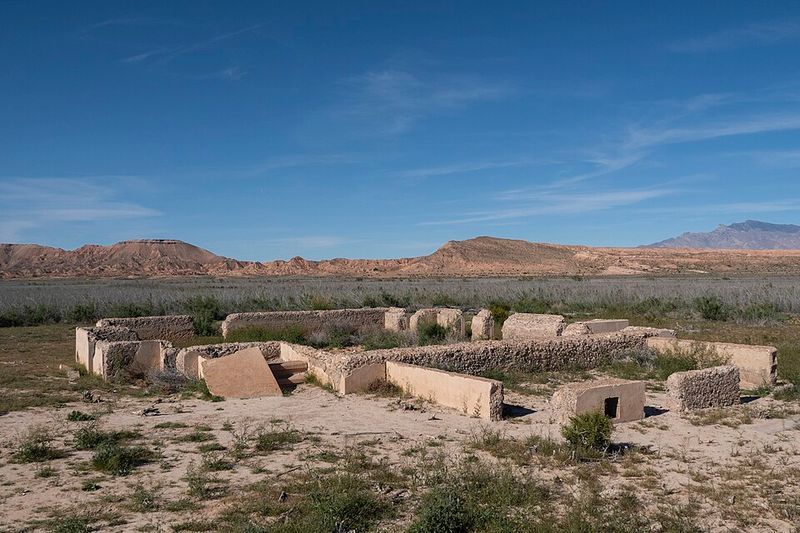
When Lake Mead formed behind Hoover Dam, this Mormon settlement disappeared beneath the rising waters in 1938.
Residents watched their town slowly drown, relocating before the reservoir completely swallowed their homes and church.
Severe droughts have recently exposed the ruins, revealing foundations and walls to stunned visitors. The ghost town emerges and vanishes with water levels, creating an eerie cycle of remembrance and forgetting.
12. McDonald’s No. 1 Store Museum, Illinois
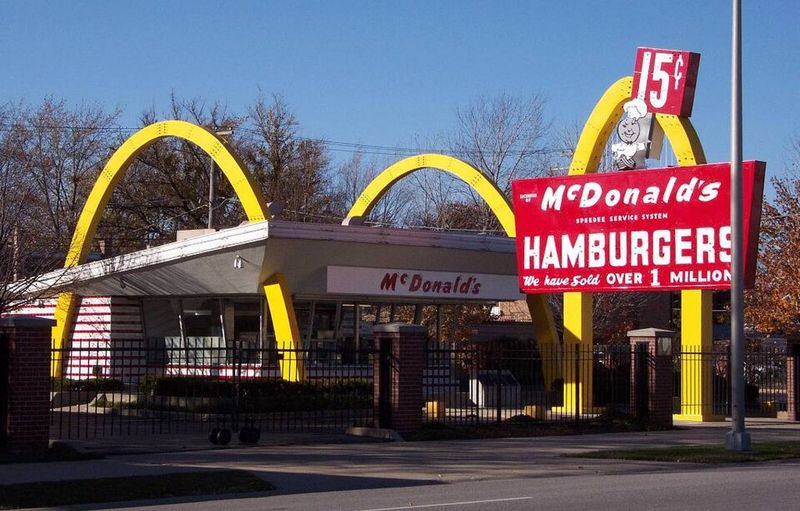
Ray Kroc’s first McDonald’s franchise opened here in 1955, revolutionizing American dining forever.
The replica museum featured vintage equipment, original menu boards, and mannequins dressed as 1950s employees serving burgers and shakes.
After years of declining visitors, the museum closed permanently in 2018.
The building that symbolized fast food’s beginning now sits mostly empty, its historical significance overshadowed by thousands of modern McDonald’s locations worldwide.
13. Whiskey Pete’s, Primm, Nevada
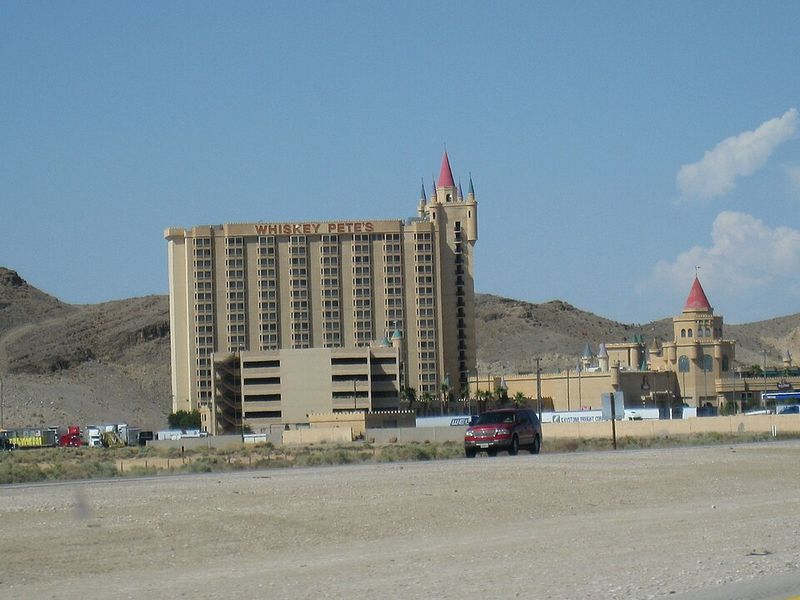
Right on the California-Nevada border, this Wild West-themed casino once lured California gamblers with its outlaw mystique and Bonnie and Clyde death car.
The property boasted hotels, restaurants, and a massive casino floor buzzing with activity.
Competition from newer resorts and changing travel patterns have left Whiskey Pete’s struggling.
While technically still operating, it’s a shadow of its former self, with empty gaming floors and closed restaurants echoing with past glory.
14. Six Flags America, Maryland
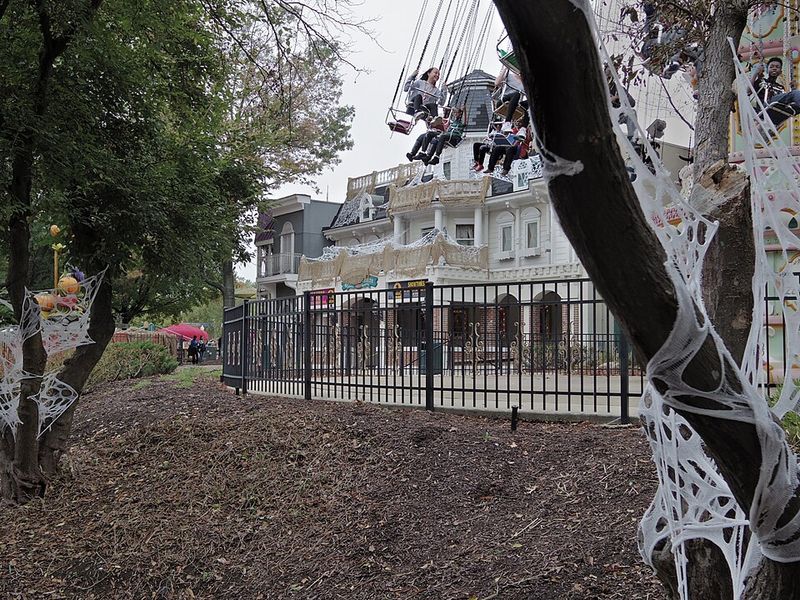
Unlike its abandoned cousins, this park still operates but feels like a ghost of Six Flags’ glory days. Opening as Adventure World in 1973, it joined the Six Flags family in 1999 with high hopes for success.
Poor maintenance, limited investment, and regional competition have resulted in sparse crowds and aging attractions.
Visitors often report walking onto rides without waiting, experiencing an eerie emptiness unusual for a major theme park.
15. Rock-A-Hoola Waterpark, Newberry Springs, California
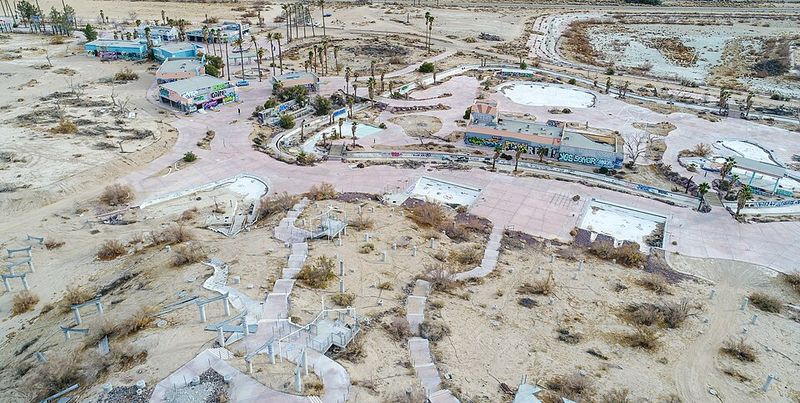
After Lake Dolores failed, new owners attempted revival with a 1950s rock-and-roll theme in the late 1990s.
The rebranded park featured music-themed attractions and promised desert fun for a new generation of visitors. Lightning couldn’t strike twice in this remote desert location.
Rock-A-Hoola closed within a few years, joining its predecessor as another failed waterpark experiment, leaving behind sun-bleached slides and empty pools slowly filling with sand.


